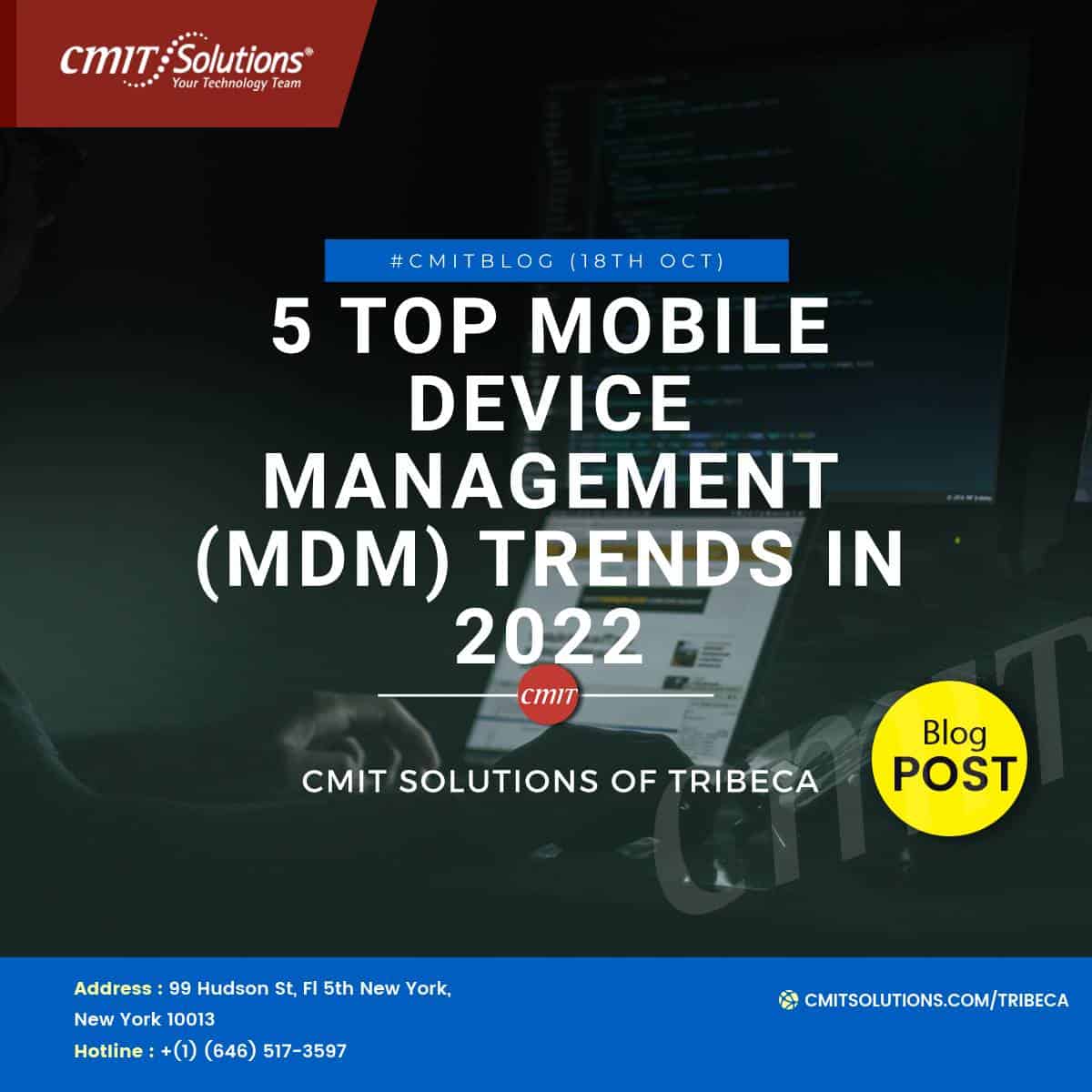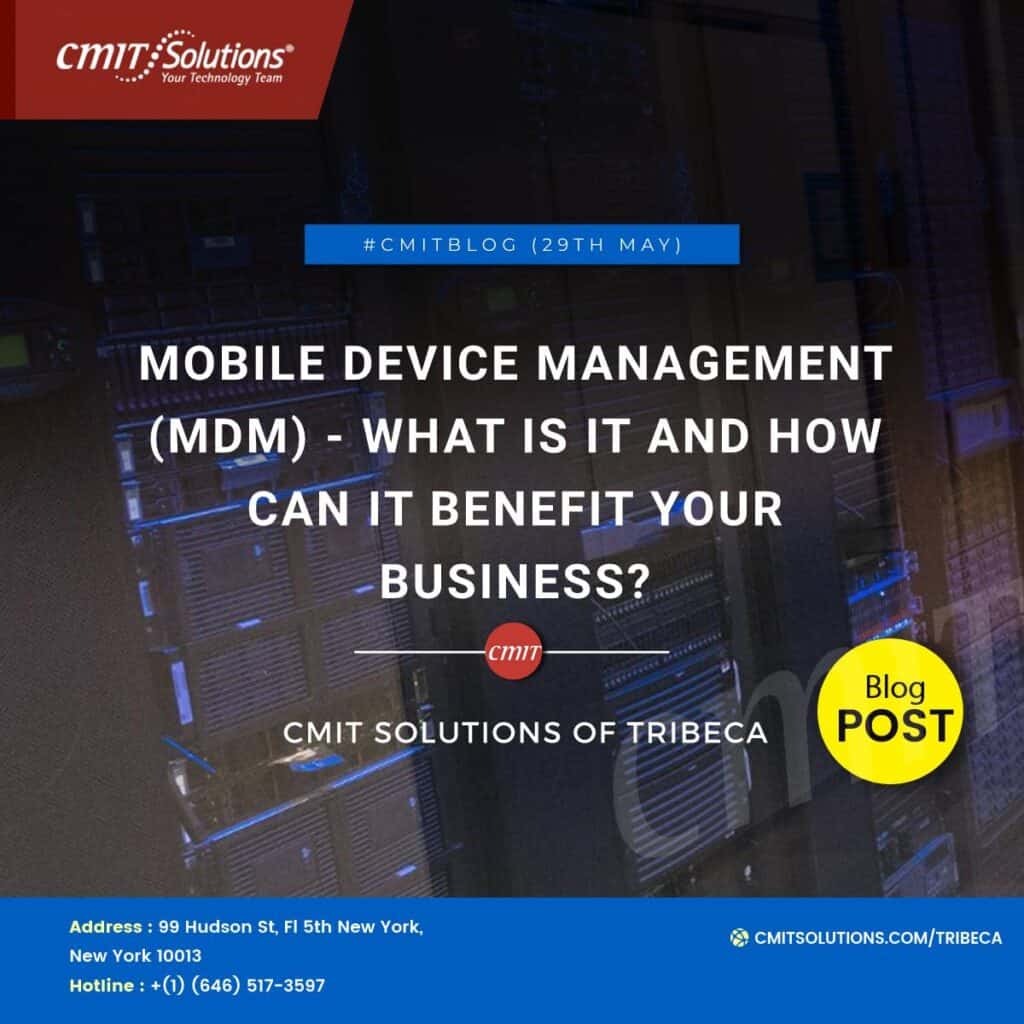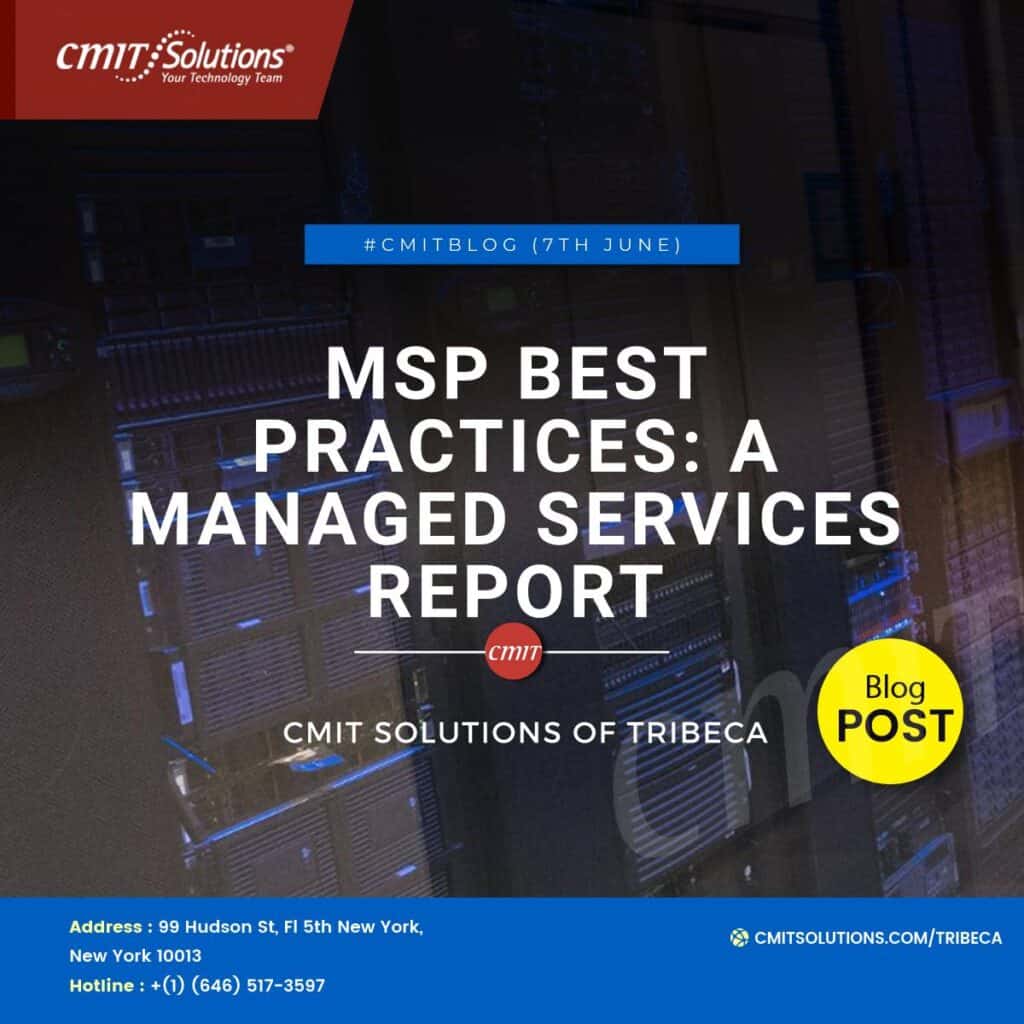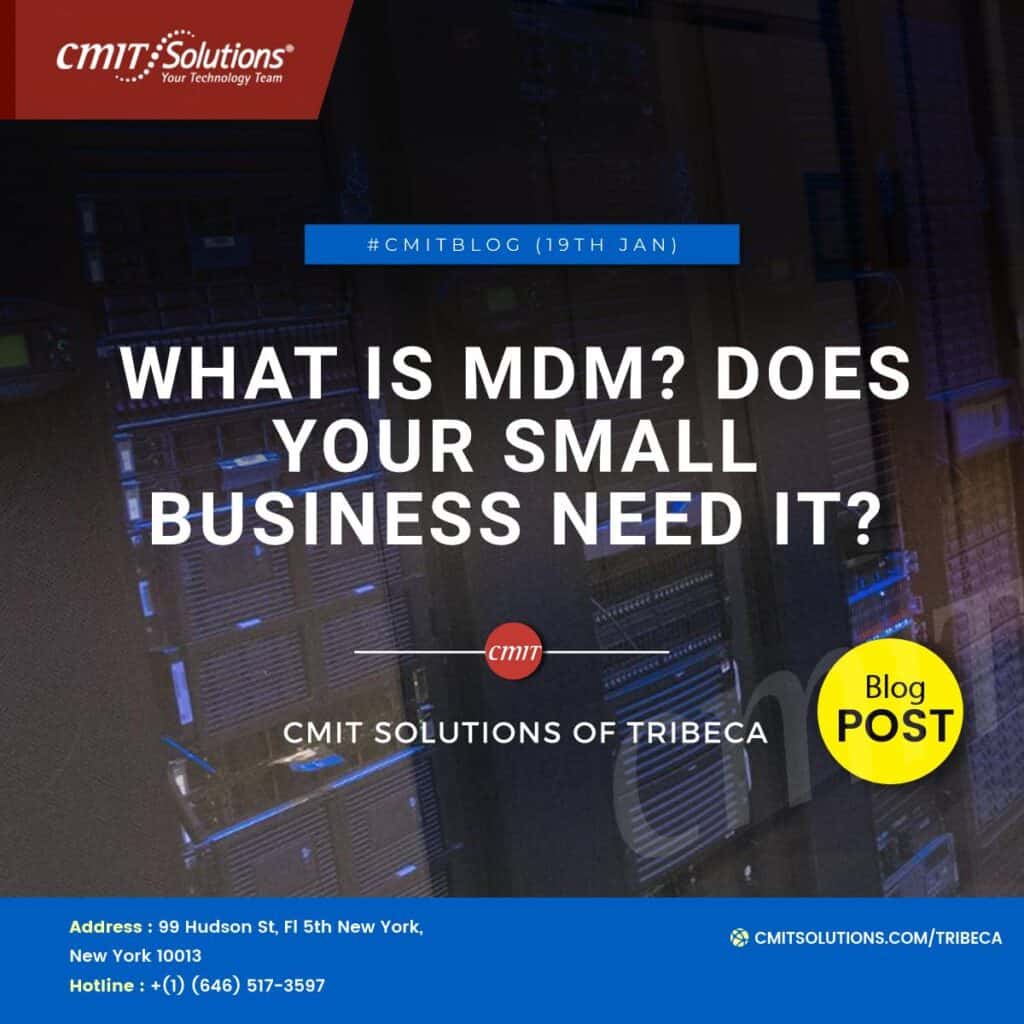A technique and technology called mobile device management (MDM) provide mobile workers with security, productivity tools, and applications.
MDM makes mobile devices functional while protecting data and resources. It maintains device inventory and provisioning while maintaining a device-centric posture, in contrast to mobile security and unified endpoint management (UEM), which favor a user-centric position.
The following are some of the top MDM trends:
1. Bring Your Own Device (BYOD)
Employees used to receive a dedicated work laptop, tablet, or phone along with role-based email and data access, a secure VPN, and additional features like GPS tracking, password-protected apps, and other security software.
However, things have changed since the forced transition to work from home (WFH) two years ago. BYOD is now the norm in many workplaces. IT policies governing BYOD have frequently had to be relaxed due to a lack of resources, such as time or money, or device availability due to chip shortages and supply chain bottlenecks. The MDM system remotely enrolls personal devices, allowing IT to monitor behavior, enforce security policies, and increase productivity.
2. The MDM Era Is Over?
Due to the growing complexity of devices due to the cybersecurity threat landscape and the expansion of WFM environments, MDM capability is being expanded in various ways.
MDM has frequently been used with enterprise mobility management (EMM) technologies, remarkably unified endpoint management (UEM). This has resulted in the convergence and consolidation of these functions under a single heading.
Denis O’Shea, the creator of Mobile Mentor, predicted that traditional Mobile Device Management technologies would eventually be phased out and replaced by a unified endpoint management tool.
He thinks that for the upcoming few years, some MDM suppliers will be able to maintain a defendable niche. For instance, SOTI has a monopoly in a few sectors. IBM MaaS360 and VMware AirWatch have a vertically integrated architecture, while VMware AirWatch also has significant carrier distribution. They should all succeed in their various fields as a result of this.
However, O’Shea anticipates that MDM will eventually merge with UEM to form part of a more extensive management suite.
This has already taken place. In addition to VMware’s AirWatch, IBM is now promoting MaaS360 as UEM. Furthermore, VMware Workspace ONE is positioned as an intelligence-driven digital workspace platform that makes it easy and secure for IT to distribute and manage any program to any device, anywhere.
3. Modern MDM
So how precisely will MDM change once it becomes UEM? The emergence of more advanced MDM solutions that allow for the analysis of data and systems using machine learning (ML) and artificial intelligence is a significant development, according to IBM (AI).
These technologies significantly improve security by preventing malware and other cyber threats from infecting devices. They can identify unusual behavior, abnormal port activity, and probable exfiltration attempts.
A device can be assigned or enrolled with pre-programmed data profiles, VPN access, software, and access credentials using advanced MDM systems. They can now track, monitor, debug, and decommission equipment as necessary, thanks to this. For instance, in the case of theft, loss, or breach, specific Mobile Device Management platforms can delete device data.
4. Vendor Invasion of Security
Security is a further development in the UEM transition. Security elements have always been a part of MDM. But some in the security industry have entered the field due to the growth of mobility and WFM.
For instance, Syxsense has moved beyond patch management and vulnerability detection by integrating an MDM module and entering the UEM market.
Dave Taylor, CMO at Syxsense, said, “We’re all-in on UEM, but we add security screening and remediation features, which other UEM providers don’t.
He pointed out that Gartner and Forrester are starting to refer to this integrated market using UEMS (unified endpoint management and security).
5. Virtual and augmented reality
MDM may be able to thrive in the fields of augmented reality (AR) and virtual reality (VR) by establishing a specific niche (VR). AR/VR is being used in a growing number of applications other than consumer gaming and metaverse-style platforms. For instance, it is being implemented into maintenance. Field representatives and technicians can view actual equipment while specs, job orders, and other information are presented on the headset using headsets. A senior engineer can lead them through a task or answer questions using some systems, while others can even show them precisely where a repair or weld has to be completed.
This market segment is developing and requires IT help. Tools specific to Mobile Device Management could close the gap.
According to O’Shea, “AR/VR devices will join the endpoint ecosystem and require the same management, provisioning, security, and patching as other devices.”
“A whole new bag of worms will open up” because there will be both company-owned and BYOD AR/VR devices utilized for professional and personal applications.








